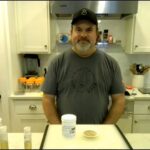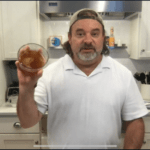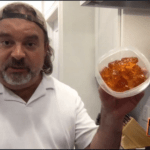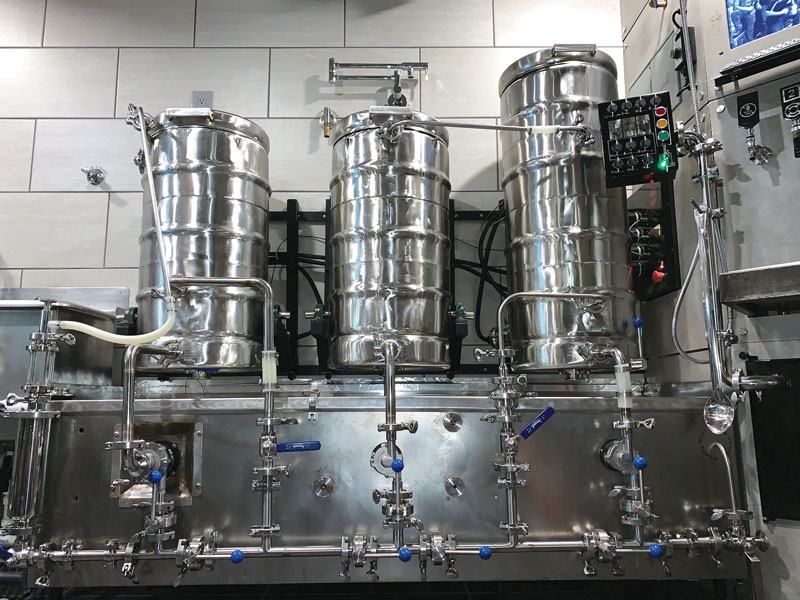Videos
Improving Beer Foam
A fluffy white head of foam is the perfect capper to a great beer. It enhances the appearance and flavor perception too. Make sure your beer looks as good as it tastes
Kettle Finings
Perhaps the best-known kettle fining is Irish moss, a standard ingredient listed in nearly every homebrew recipe. Irish moss is a type of seaweed that was originally gathered along seashores of the
Make Your Own Kimchi
Kimchi is a term used in Korea to describe a wide array of fermented vegetables and fruits, and is the national dish of South Korea. The most common kimchi is made from
Cereal Mashing
You can open up a whole new world of brewing ingredients beyond malted barley and wheat when you master using a cereal mash to convert starch to sugars in grains such as
Yeast Nutrients
Proper nutrition of brewing yeast is critical for yeast to grow unimpeded and ferment our wort without limitation to produce all the flavors and byproducts we desire in our beer. Adding supplemental
Brewing Enzymes
Malted barley, hops, water, and yeast naturally have the fundamental building blocks for great beer. But sometimes your batch might need a little extra helping hand to make it the best it
Make Your Own Liquid Barley Malt-Rice Extract
In Japanese and Korean baking, there is a barley malt-rice liquid syrup called Mizuame used frequently to make breads and desserts. But homebrewers will recognize Mizuame right away as just another name
Make Your Own Belgian-Style Candi Sugar
Belgian-style candi syrup and candi sugar plays an essential role in the rich fruity flavors of dubbels and quadrupels. Starting with sugar, producers add alkaline ingredients and cook the syrup. While delicious
Understanding Maillard Reaction vs. Caramelization
Join BYO’s Mr. Wizard in this brewing science video as he breaks down two different types of browning reactions found in brewing: Maillard reactions versus caramelization. Learn about each and what it
Brewing Helles
Brewing a well-made Helles is the ultimate test of skill. The recipe may be simple but the execution is challenging with no place to hide any flaws. But that end result of
Quick Sour Beer Techniques
Sour beer is rising in popularity, but not everyone has the patience or confidence to allow wild airborne yeasts and bugs do the job changing your clean wort to a sour beer.
Brewing with Smoked Malt
Smoked beers are rising in popularity, but many brewers shy away from using smoked malts because they are intimidated or simply don’t know how to use smoked ingredients. Learn how to unlock












